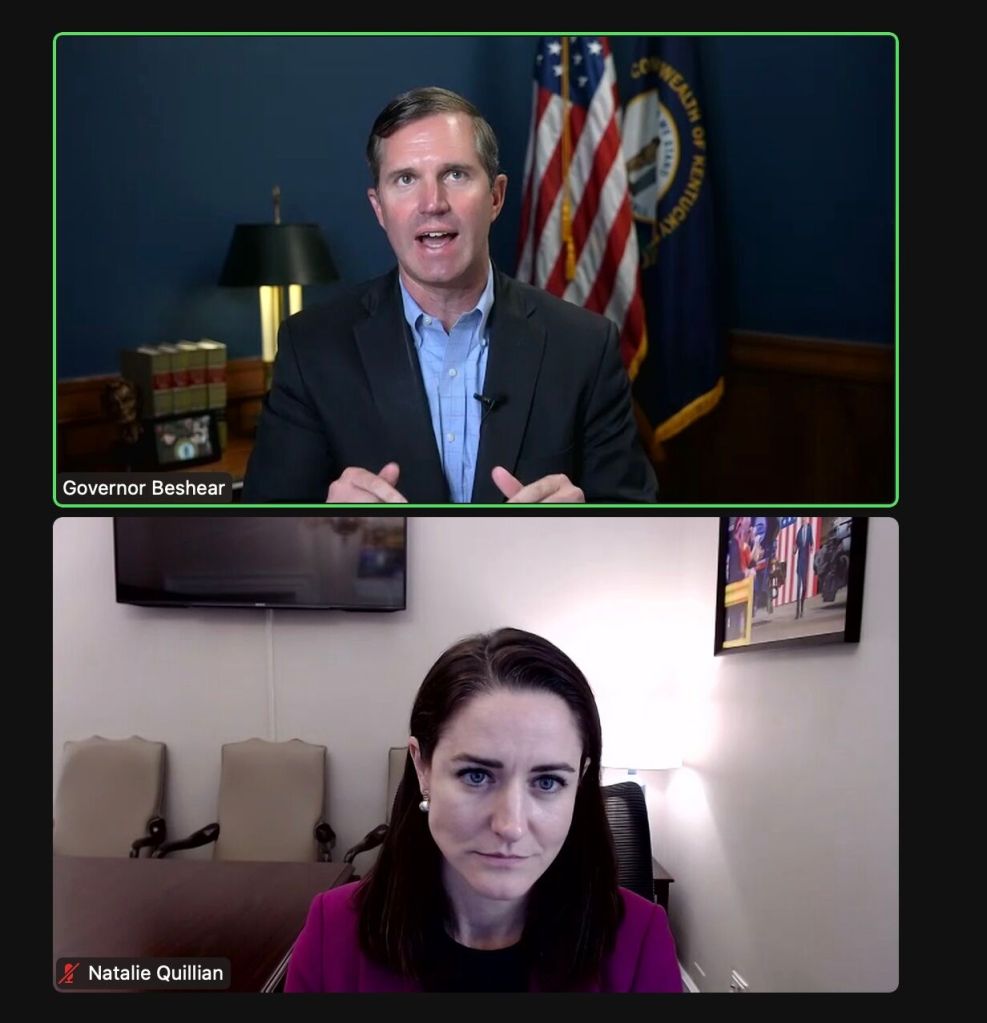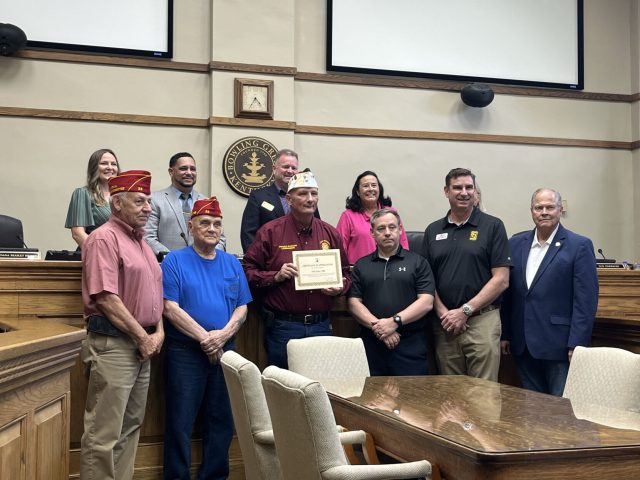‘Infrastructure of right now:’ KY broadband plans approved
Published 6:00 am Tuesday, June 18, 2024

- Gov. Andy Beshear shares news about Kentucky's approval for its Broadband Equity Access and Deployment Program plans alongside Natalie Quillian, one of President Joe Biden's deputy chiefs of staff.
Roads, bridges and now, high-speed internet. The pandemic accelerated and solidified broadband’s place as a key infrastructure need for 21st century communities and individuals, including Kentuckians.
Gov. Andy Beshear on Monday joined officials from the Biden-Harris administration to announce the latest step in getting high-speed internet to every Kentucky home and business.
Trending
“High-speed internet isn’t just the infrastructure of the future; it’s the infrastructure of right now,” Beshear said.
Last year, Kentucky secured a $1.1 billion grant from the federal Broadband Equity Access and Deployment Program to bring high-speed internet to unserved and underserved areas.
For the past several months, Kentucky officials have been refining their plans for how to use it. Now, they can move from planning to action, said Natalie Quillian, one of President Joe Biden’s deputy chiefs of staff, on a Monday Zoom press call.
“We all know internet is no longer a luxury,” Quillian said. “It’s an absolute necessity. And today is a great day for the people of Kentucky and the communities that have been left behind too long.”
Already, Kentucky used $300 million in federal funds — through the American Rescue Plan Act — to get a head start on broadband deployment, Beshear said. Using matching funds, that $600 million connected more than 76,000 homes and businesses in about half of Kentucky’s 120 counties.
According to the latest FCC report, about 12% of Kentucky homes and businesses remain unserved or underserved.
Trending
The BEAD funding, also boosted by private sector matching funds, will completely close the gap, Beshear said.
“It’s a chance for everybody to chase their dreams,” he said. “Whether that’s applying for a new and better job or applying for college, getting the health care they need to feel their best or starting a business in a rural area while knowing they can sell their product not just across the country but, because we’ve broken every export record, across the world.”
The changes won’t be immediate. Kentucky is still involved in the FCC map challenge process, which will determine which areas are eligible for funding and which aren’t. The priority is unserved areas — “which is either no internet or internet so slow that it’s not worth being called internet,” Beshear said.
But the BEAD program funds must be used by the end of 2028, and ARPA funds must be deployed by the end of 2026, so there will be a lot of activity happening in the next four years, said Meghan Sandfoss of the Office of Broadband Development.
The impact of internet on economic development can’t be understated, particularly in rural areas like eastern Kentucky, Beshear said.
“Businesses will not or do not want to locate in places that don’t have cellphone service and high speed internet access, and that has harmed some, especially of our more rural counties, over the years,” he said.
Broadband affordability is as crucial as accessibility. While Congress has not continued the Affordable Connectivity Program, which many Kentucky households were using, Sandfoss said the BEAD plan includes a requirement for internet service providers to have at least one low cost broadband option.
“Kentucky is suggesting a $30 a month … plan with the flexibility to allow internet providers to justify a higher rate up to $60 a month,” she said.
That’s not a perfect solution, but Beshear said the biggest upfront cost for internet service providers that have thus far resisted deploying broadband to spread out, rural homes is infrastructure the BEAD program grant will fund.
“I do hope Congress will come back in their next session, and if they do anything, that hopefully the Affordable Connectivity Program will be one of the things that they will bring back and get done,” he said.






